As one of the most anticipated and pre-ordered titles on Steam, *Monster Hunter Wilds* is shaping up to be a landmark entry in the series. For many players, this will serve as their first foray into the world of Monster Hunter—a universe rich with complexity, depth, and gameplay systems that can feel overwhelming at first glance. While Capcom has likely included a robust tutorial for newcomers, the sheer intricacy of the franchise means that diving straight into *Wilds* could leave some players struggling to keep up. That’s why we recommend getting your feet wet with *Monster Hunter: World*, the 2018 title that set the stage for what *Wilds* promises to expand upon.
This recommendation isn’t rooted in any narrative continuity or unresolved plot threads from *World*. Rather, it's based on structural and mechanical similarities between *World* and *Wilds*. Playing *World* offers a foundational understanding of the game loop, combat mechanics, and environmental exploration that define the series—and which *Wilds* appears poised to build upon in an even more expansive open-world format.
Why Start With Monster Hunter: World?
You may be wondering, “Why not start with *Monster Hunter Rise*, the most recent installment?” It’s a fair question. *Rise* is indeed the latest game chronologically and introduces several quality-of-life improvements such as the Wirebug and mount-based mobility. However, those innovations came with trade-offs—particularly in the scale and design of its environments. Originally built for the Nintendo Switch, *Rise* prioritized faster-paced hunts across smaller zones. In contrast, *World* features vast, interconnected ecosystems teeming with life, offering a more immersive experience that aligns closely with the direction *Wilds* is taking.
*World* gives you a taste of the kind of large-scale exploration and monster tracking that *Wilds* aims to deliver. From following tracks to uncovering clues in the environment, *World* teaches you how to read terrain, anticipate monster behavior, and plan your approach accordingly. These skills are essential when hunting massive creatures like Anjanath or Bazelgeuse, and they’ll serve you well once you step into *Wilds’* even larger wilds.
While the story of *Wilds* does not directly follow *World*, the structure and pacing of *World’s* campaign offer a good preview of what to expect. You’ll become familiar with key elements like the Hunter’s Guild, Palico companions, and the general rhythm of missions and investigations—all of which will return in *Wilds*, albeit in new and reimagined forms.
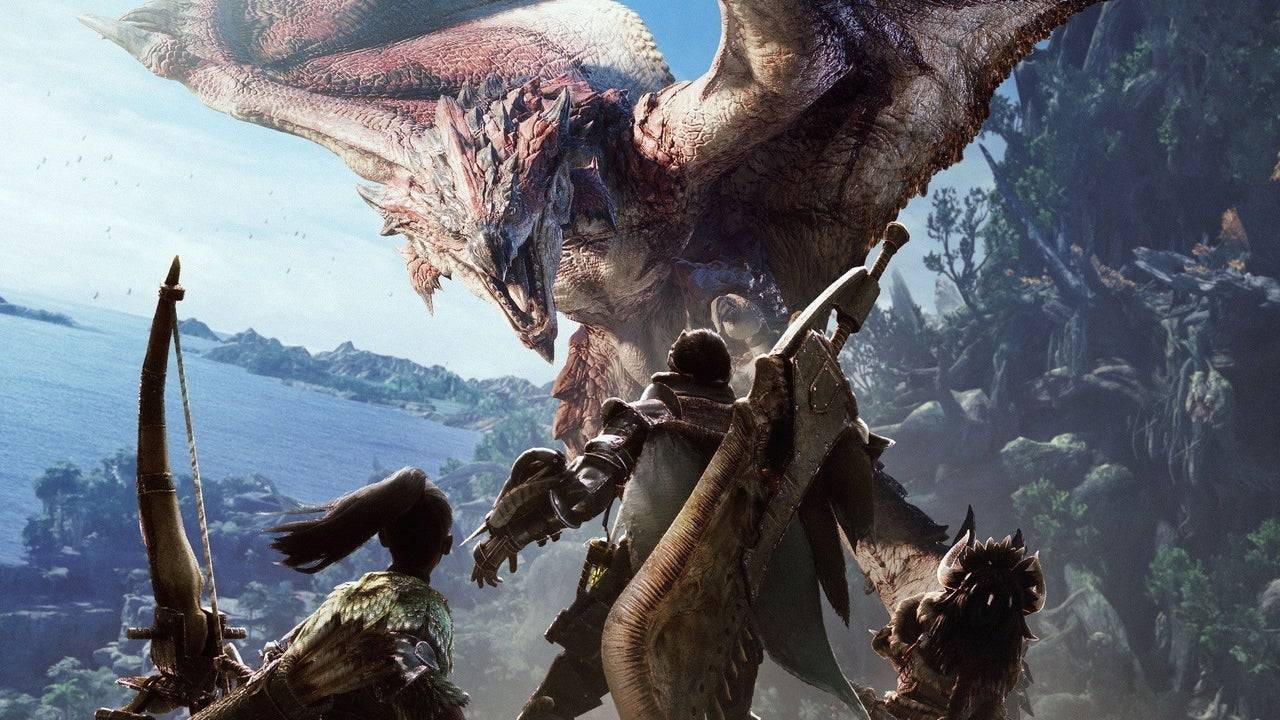
Mastering Combat Systems
The core strength of playing *Monster Hunter: World* before *Wilds* lies in mastering the combat systems. The series is known for its diverse arsenal of 14 weapon types, each with unique move sets, timing, and playstyles. Whether you prefer the raw power of the Great Sword or the speed and agility of Dual Blades, *World* gives you the space to experiment and find your preferred weapon class without the pressure of a completely new environment.
In *Monster Hunter*, your weapon defines your role. There are no traditional RPG progression systems like leveling up or skill trees outside of your gear. Instead, your abilities come entirely from your equipment, making weapon proficiency crucial. Learning how to upgrade weapons using monster parts, navigate weapon trees, and understand elemental and status effects all begin in *World*.
Beyond weapon mastery, positioning and attack angles are just as important as button-mashing. Knowing where to strike on a monster’s body—like targeting weak points or avoiding armor plating—is critical to success. *World* trains you to think strategically about every encounter, giving you a head start when you transition to *Wilds*.
Tools, Crafting, and Exploration
Your weapon isn’t the only tool at your disposal. The Slinger, a device attached to your hunter’s arm, allows you to use various tools mid-combat—from Flash Pods that stun monsters to Poison Knives that apply damage over time. Learning how to effectively use these during battles is another skill best practiced in *World*, especially since the Slinger makes a return in *Wilds*.
Gathering resources, crafting potions, mining ore, and collecting materials are also integral to the Monster Hunter experience. Each hunt becomes a journey through dense, living ecosystems filled with flora, fauna, and hidden secrets. Understanding this rhythm of exploration and preparation is something *World* teaches naturally, preparing you for the more advanced systems in *Wilds*.
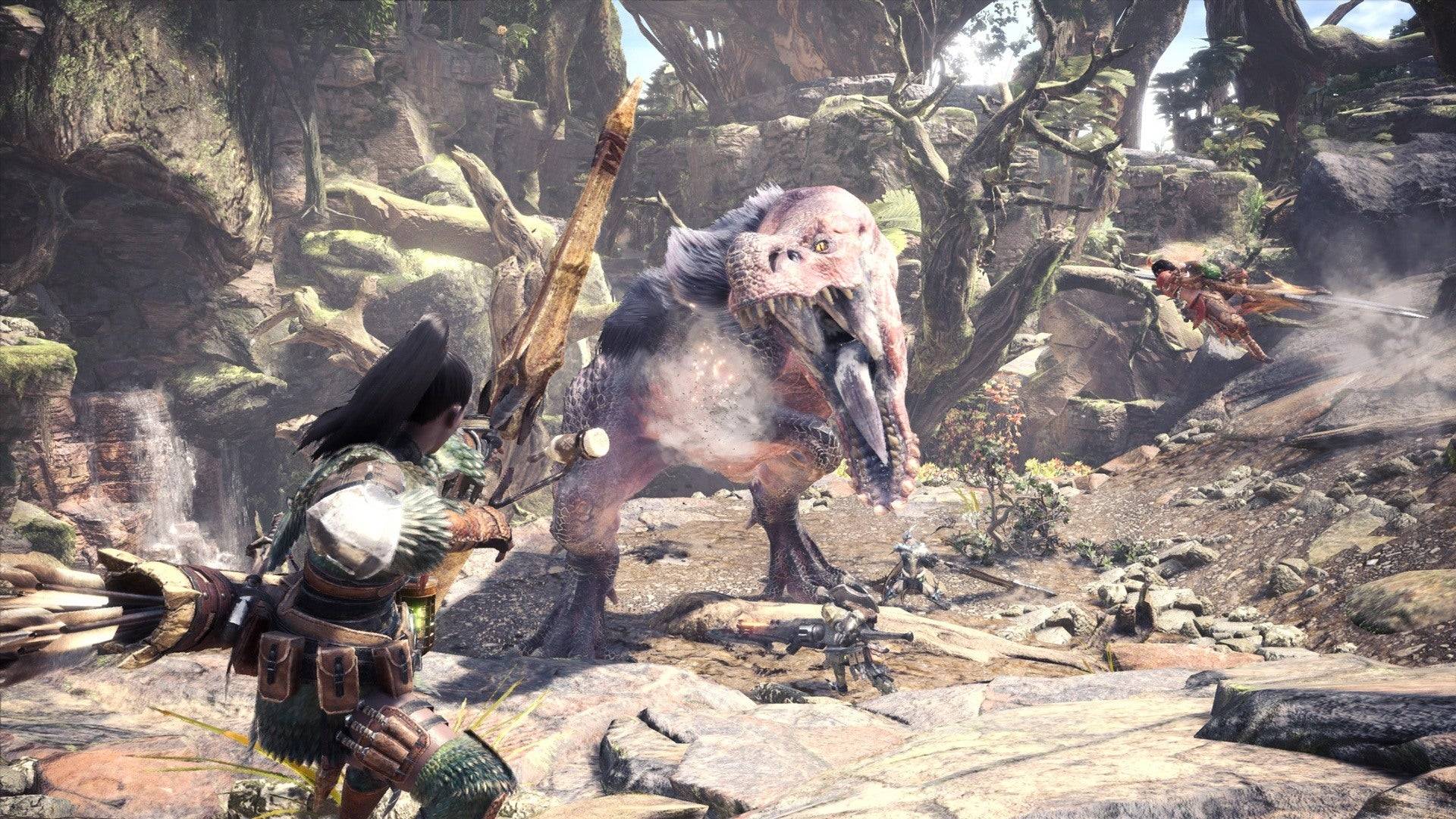
Additional Benefits of Playing Monster Hunter: World
There’s also a tangible reward for playing *World* before *Wilds*: if you import your save data, you’ll unlock exclusive Palico armor in *Wilds*. And if you completed *World’s* expansion, *Iceborne*, you get an additional set of cosmetic gear. While these are small bonuses, they’re a nice nod from Capcom to longtime fans and a great incentive for newcomers to jump in early.
Ultimately, while *Monster Hunter* games are standalone experiences, each entry builds on the knowledge gained from the last. If you're planning to dive into *Wilds*, there’s no better way to prepare than by experiencing *Monster Hunter: World*. Not only will it give you a solid foundation in the mechanics and systems, but it will also immerse you in the lore, community, and culture of one of gaming’s most beloved franchises.
AnswerSee Results
A successful hunt is not about rushing in and hoping for the best—it’s about patience, strategy, and understanding your prey. And with *Monster Hunter Wilds* promising even more immersive and dynamic environments, now is the perfect time to sharpen your skills in *Monster Hunter: World*. Prepare yourself, hunter—the wilds await.







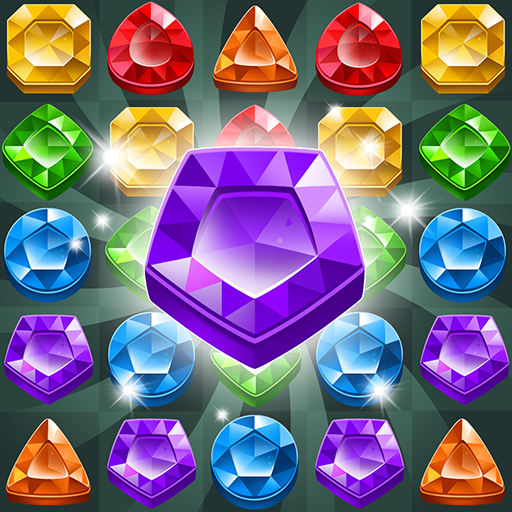




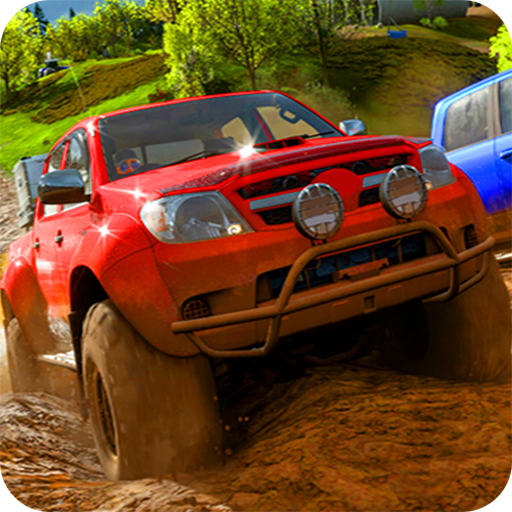


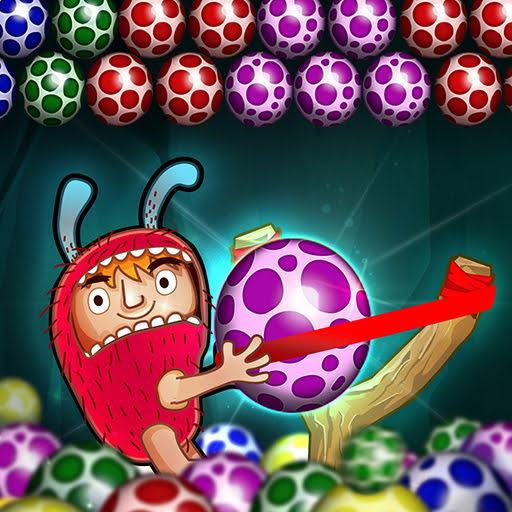
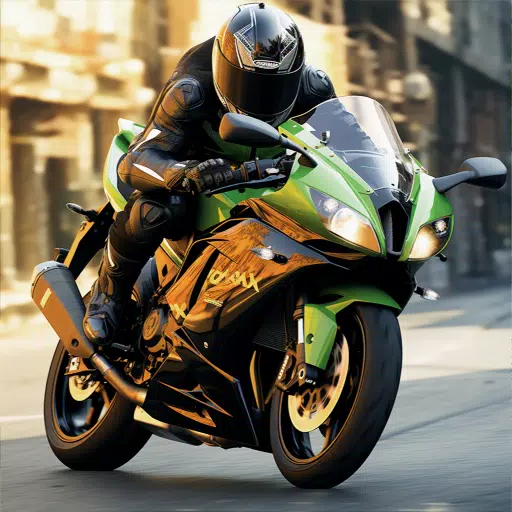

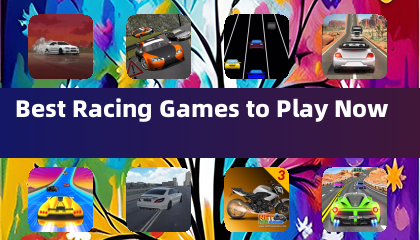
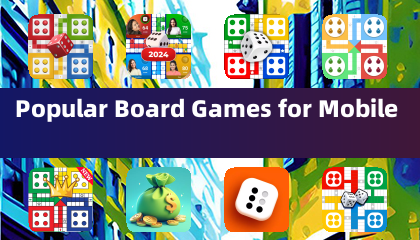

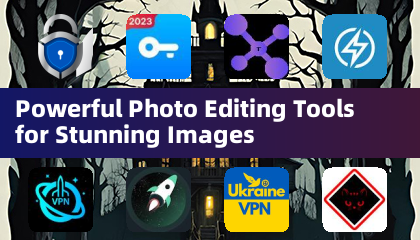
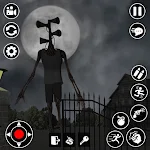


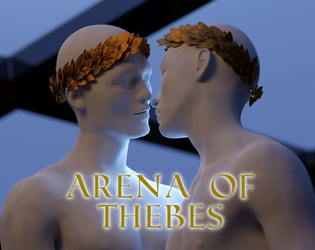
![City Devil: Restart [v0.2]](https://img.icssh.com/uploads/38/1719554737667e52b102f12.jpg)


